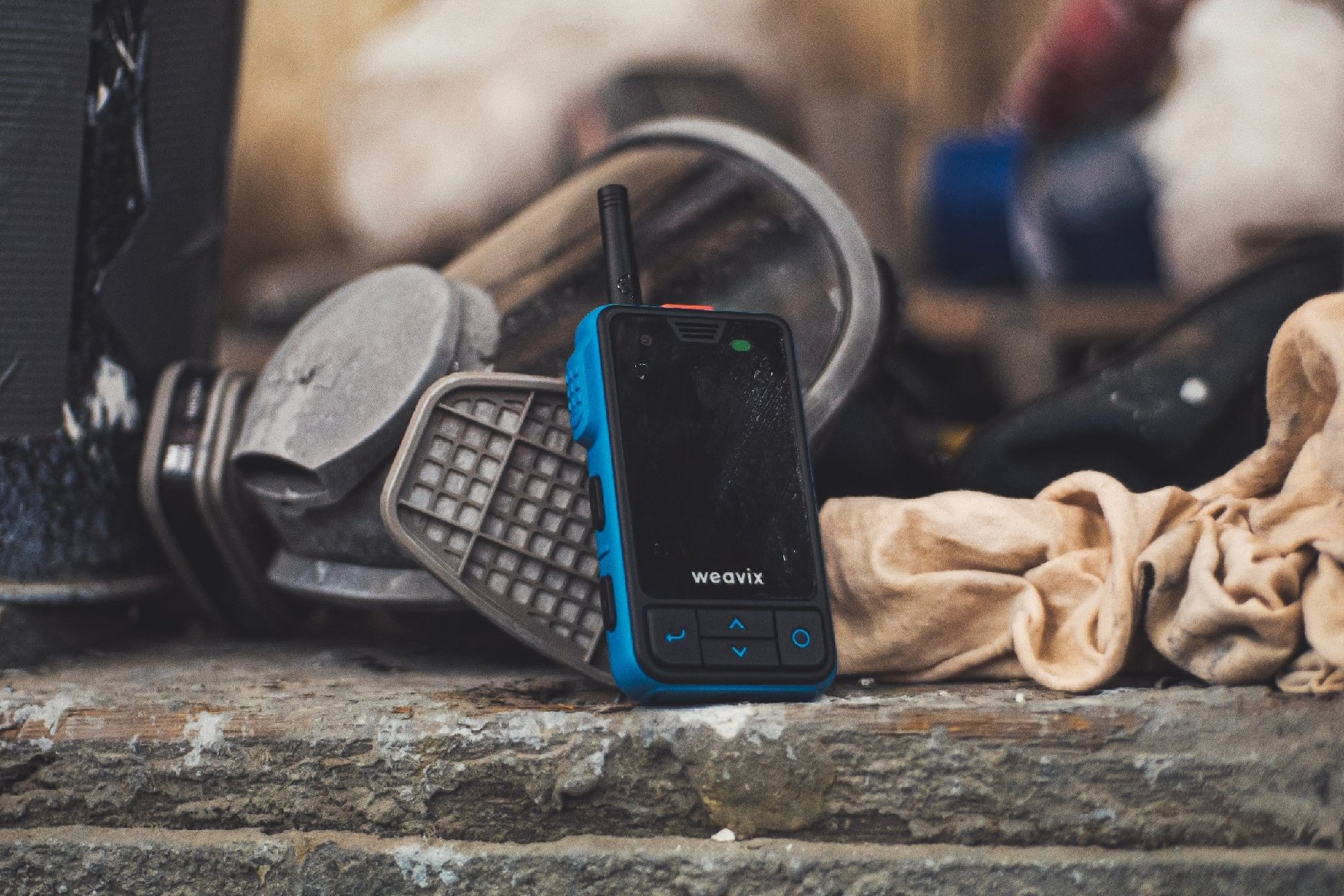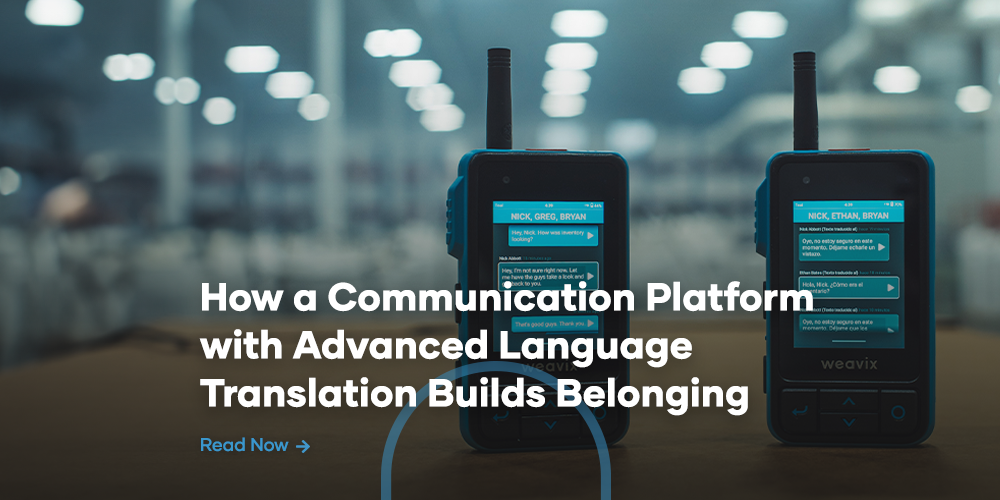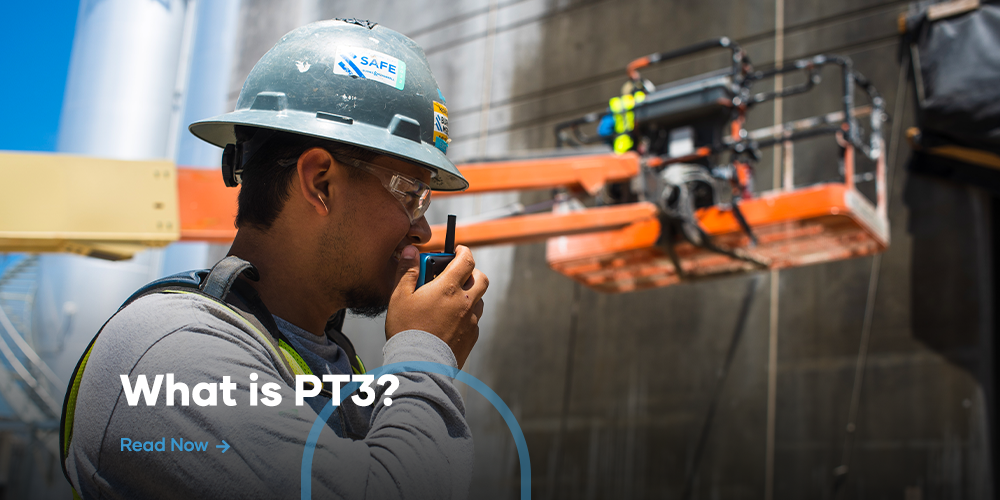Communication barriers have stifled enterprises for generations and are a common reason for loss of productivity, revenue and general worker morale. Overcoming the most common communication barriers in the workplace should be a priority as we head into the new year.
On the frontline, barriers to communication are sadly, very common. It’s reported that 63% of workers don’t receive messages from leadership, and 69% of frontline managers say the messages they receive are not effectively communicated.
With 2023 just now getting started, executives need to keep an eye out for a digital communication platform that’s proven to address these workplace communication barriers and benefit their enterprise.
What is a Communication Barrier?
Before we jump in, it’s important to have a clear definition of what a communication barrier is so that we can overcome them. Communication barriers are anything that prevents people from either sending, receiving or understanding a message from another person within the organization.
Barriers can be physical, like the work environment, available tools and accessibility to others you need to communicate with. These obstacles are the easiest to identify and are especially prevalent on the frontline. Emotional barriers, such as a lack of trust between communicating parties, cultural differences and job dissatisfaction, are much more difficult to identify.
Overcoming communication barriers, whether they are physical or emotional, is not a one-size-fits-all plan. However, the first step is identifying the issues that keep your workers from communicating with whom they need and then implementing a solution.
A Lack of Technology Reinforces Communication Barriers
It’s no surprise that the frontline workforce continues to be neglected by technological advances, especially compared to their white-collar counterparts. Compared to office workers, those out in the field typically have nothing, or basic PTT communication capabilities and limited access to others. This discrepancy leaves frontline workers with more hurdles in order to have a clear path to communication with their peers, managers and whomever they need.
weavix™ developed an effective, modern solution to overcome this communication barrier.
Rather than flooding your facilities with another PTT radio and hoping for better results, the walt™ smart radio offers more communication capabilities that are proven to increase access and collaboration on the frontline. Designed and built specifically for the frontline workforce, walt™ addresses the technological gap between the office and the field, allowing for seamless connectivity and accessibility throughout the enterprise.
Different Communication Styles
Everyone has their own way of doing things, and how they communicate is no different. Some workers prefer a well-written, highly detailed email, others would rather collaborate in person, while some may only need the shortest, most direct instructions possible. Understanding that every worker has a different communication preference is important to overcoming communication barriers in the workplace.
To keep workers connected and communicating effectively, the walt™ smart radio includes state-of-the-art communication features, like enterprise-vital push-to-three (EVPT3), to accommodate the different communication styles.
weavix™ is the Internet of Workers™ platform revolutionizing frontline communication. Rather than workers being limited to only push-to-talk, the walt™ smart radio lets workers choose the best way for them to get their message across. This can include text messages, video collaboration, picture messaging, PTT and more. When workers have a tool that works with them, rather than against them, they perform better and stay productive.
Management Doesn’t Prioritize Communication
Too little communications, especially from managers, supervisors and higher, makes workers feel like they don’t have enough information to confidently work on a new project or task. Infrequent communications also contribute to workers feeling less engaged and connected to the enterprise as a whole.
Whether it’s lateral communication – from one peer to another – or vertical communication – between managers and those they supervise – not communicating is detrimental to any enterprise.
The global directory streamlines communication between all the different departments and organizational levels within the enterprise. weavix™ makes every worker accessible either through our smart radio, mobile app or desktop console within our digital communication platform.
Over-communicating Irrelevant Information
On the other end of the communication spectrum, communicating too often can create a barrier in and of itself and cause information overload. Many think that simply increasing the frequency of communications can fix communication issues. In reality, this can have the opposite effect, especially if the communication is too lengthy and the information isn’t relevant to your role or responsibilities.
To combat information overload, weavix™ gives workers and executives unlimited channels within our digital communication system. These channels can connect two individuals, crews or teams, entire departments or even your whole enterprise. Utilizing specific channels helps prioritize the messages sent and ensures their relevance to the people receiving them.
Language Barriers in the Workplace
The most common and obvious barrier to communication is language differences. This is a universal phenomenon, but it can severely impact productivity, collaboration and even safety if it’s not addressed in the workplace.
The global frontline workforce is made up of nearly 3 billion workers, so a language translation device is useful in overcoming language barriers that may persist within facilities.
The walt™ smart radio supports most native languages around the world. With language translation and dictation capabilities plus digital communications in one device, workers can communicate clearly and effectively regardless of their preferred language. This innovation streamlines communications and makes every worker accessible without needing a secondary device.
Communication Silos
It’s easy, and oftentimes unintentional, to come into work and do what you need without interacting outside of your team, department or facility. However, this makes it difficult for others within your enterprise but outside of your group to collaborate or provide insights. If left unchecked, this type of behavior can quickly create a communication silo.
Communication silos oftentimes come at the expense of bigger enterprise goals. Things might seem fine from within the group, but without outside feedback, it’s impossible to tell what’s happening in the grand scheme.
Enterprise-wide collaboration is the solution to communication silos. Using weavix™, workers can freely communicate with other users on the platform, even if they are part of a different team or department, or in a different location altogether.
With a single, unified collaboration platform to connect your entire enterprise, you can begin breaking down common communication barriers. weavix™ was designed to connect every worker, whether they’re out in the field or in the office, and is proven to help executives overcome barriers to communication in the workplace.
Communication is something every enterprise struggles with. As we head into the new year, it’s important to recognize how improving internal communications impacts other enterprise objectives, like revenue, production, safety, performance and more.
To try weavix™ in your workplace risk-free, schedule a 14-day trial today.
Subscribe
Don’t miss out on industry news and information. Subscribe to interweave, the official weavix™ blog today.





